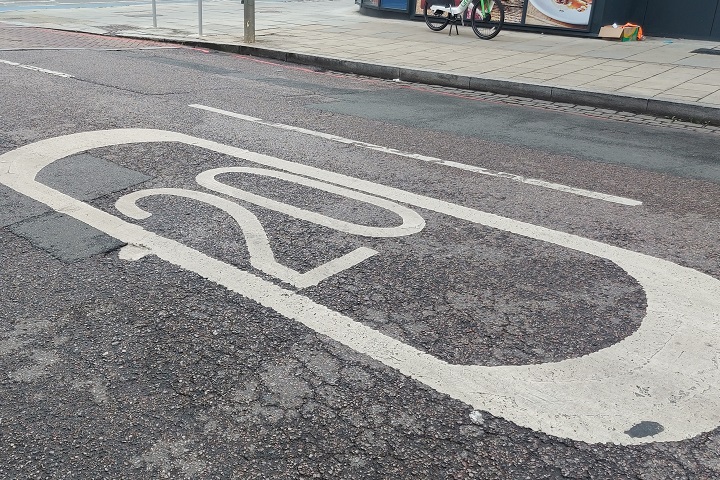
More than 30% of roads in Great Britain’s towns and cities are now subject to a 20mph speed limit, rather than the traditional 30mph one, new research shows.
The research, carried out by Insight Warehouse, shows for the first time the extent to which road authorities have adopted lower speed limits, providing results at country, regional and local level.
Across the roads analysed, 30.2% were set to 20mph, with 30mph roads making up 67.7% of urban road speed limits. In terms of traffic miles driven the figures are much lower with only around 21.2% of urban journeys taking place on roads with the lower speed limit.
The report says this shows that implementation of lower speed limits has historically been on low-flow, residential roads rather than busy connector roads where a higher speed limit might be more appropriate if there are safety measures to protect vulnerable road users.
In terms of the population, it has estimated that around 19.1m people now live in neighbourhoods with a 20mph limit.
Across Great Britain, Wales has led the way in terms of adopting lower speed limits following the widespread, but not blanket change in urban speed limits. This analysis shows that just over 90% of urban roads in Wales are now set at 20mph, a complete contrast to the West Midlands where just less than 10% of urban roads are at that lower limit.
Progress has been made in London with more than half of all urban roads subject to lower limits, and the North-West of England is following closely with over 45% of roads at 20mph.
There are some regions where, like the West Midlands, there has been lower rates of adoption of 20mph. The East, East Midlands and South East of England all have adoption rates that are less than half the GB average.
Richard Owen, Insight Warehouse, said: “The data shows a clear difference in the implementation of 20mph speed limits around Great Britain with the lower urban speed limit becoming the default across many urban areas.
“Even within the same city region or wider areas there are stark differences in approach. Evidence from many studies, including results in Wales, show that lower speeds means reduced crashes impacting on casualty numbers and even motor insurance premiums.”
Adrian Berendt, director of 20’s Plenty for Us, said: “This report from Insight Warehouse is an excellent addition to the growing data on 20mph in the UK. It shows how 20mph is increasingly being seen as the default in urban areas and village centres from John O’Groats to Lands End.
“People living in 20mph places are seeing huge benefits: lower speeds, reduced casualties and cheaper vehicle insurance. 20mph really is making our communities better places to be.”
This analysis is backed by an online map which is free to access and allows anyone to see how speed limits vary in their area compared to others.
The online tool highlights some significant differences even within countries and regions. In Wales for example, 98.7% of urban roads in Denbighshire are set to 20mph, but in Blaenau Gwent it’s 84.3% In London, the City of London tops that table with 100% of all urban roads set at 20mph, yet in the Borough of Barnet it’s only 4.2%.
In Scotland the clear leader is East Lothian with 89.3% but there are twelve authorities where 20mph as almost non-existent (less than 5% of urban roads).
Comment on this story